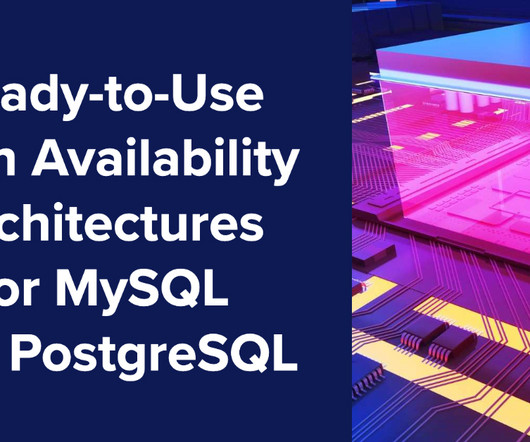Kubernetes in the wild report 2023
Dynatrace
JANUARY 16, 2023
Findings provide insights into Kubernetes practitioners’ infrastructure preferences and how they use advanced Kubernetes platform technologies. Kubernetes infrastructure models differ between cloud and on-premises. Open-source software drives a vibrant Kubernetes ecosystem. Kubernetes moved to the cloud in 2022.














Let's personalize your content